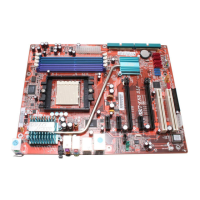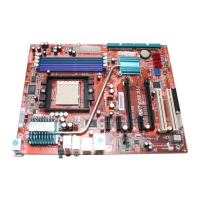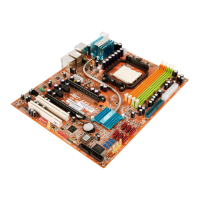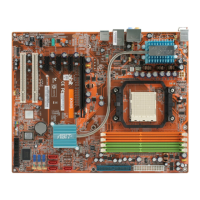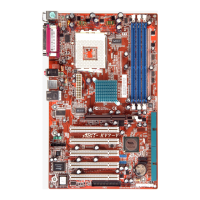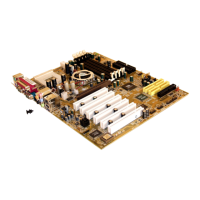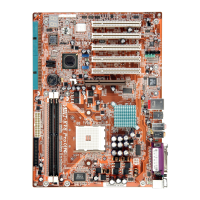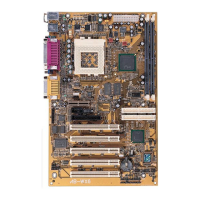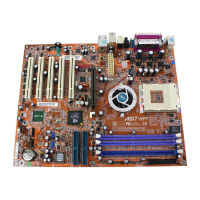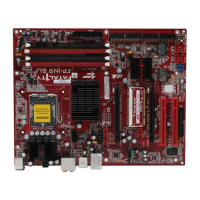Why does my Abit KN8-SLI system reset when running the sound card driver?
- LlaraalexanderJul 31, 2025
This issue might stem from the sound card driver. To resolve it, during the 'Starting DOS…' procedure, press the SHIFT key to bypass CONFIG.SYS and AUTOEXEC.BAT. Then, use a text editor to edit CONFIG.SYS, adding 'REM' at the beginning of the line that loads the sound card driver. This disables the sound card driver.
